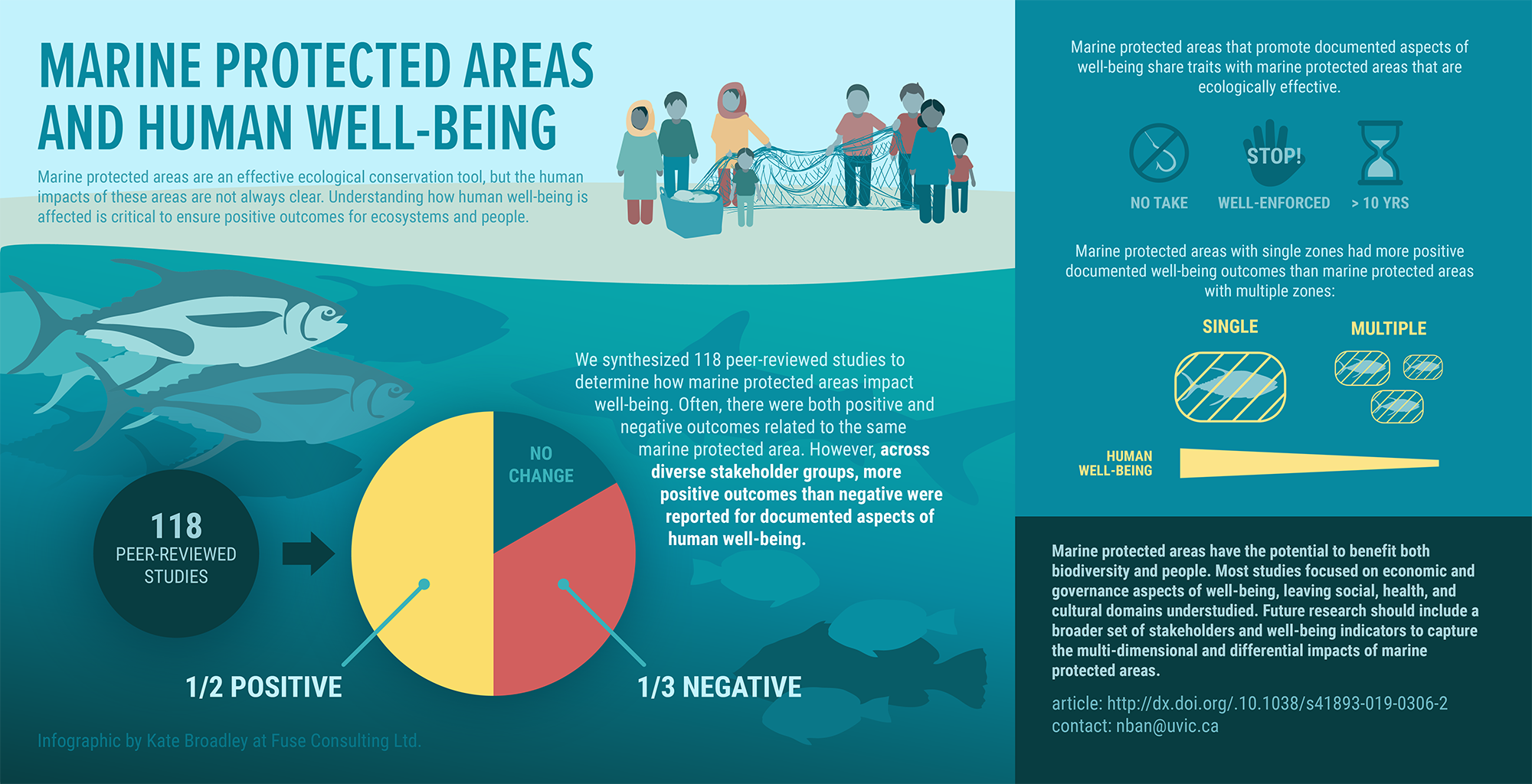Analysis that link hydrological processes with oceanographic dispersion offer a promising approach for assessing impacts of land-based activities on marine ecosystems. However, such an analysis has not yet been customised to quantify specific pressures from mining activities on marine biodiversity including those from spillages resulting from tailing dam failure. Here, using a Brazilian catchment in which a tailing dam collapsed (Doce river) as a case study, we provide a modelling approach to assess the impacts on key ecosystems and marine protected areas subjected to two exposure regimes: (i) a pulse disturbance event for the period 2015–2016, following the immediate release of sediments after dam burst, which witnessed an average increase of 88% in sediment exports; and (ii) a press disturbance phase for the period 2017–2029, when impacts are sustained over time by sediments along the river’s course. We integrated four components into impact assessments: hydrological modelling, coastal-circulation modelling, ecosystem mapping, and biological sensitivities. The results showed that pulse disturbance causes sharp increases in the amount of sediments entering the coastal area, exposing key sensitive ecosystems to pollution (e.g. rhodolith beds), highlighting an urgent need for developing restoration strategies for these areas. The intensity of impacts will diminish over time but the total area of sensitive ecosystems at risk are predicted to be enlarged. We determined monitoring and restoration priorities by evaluating and comparing the extent to which sensitive ecosystems within marine protected areas were exposed to disturbances. The information obtained in this study will allow the optimization of recovery efforts in the marine area affected, and valuation of ecosystem services lost.
